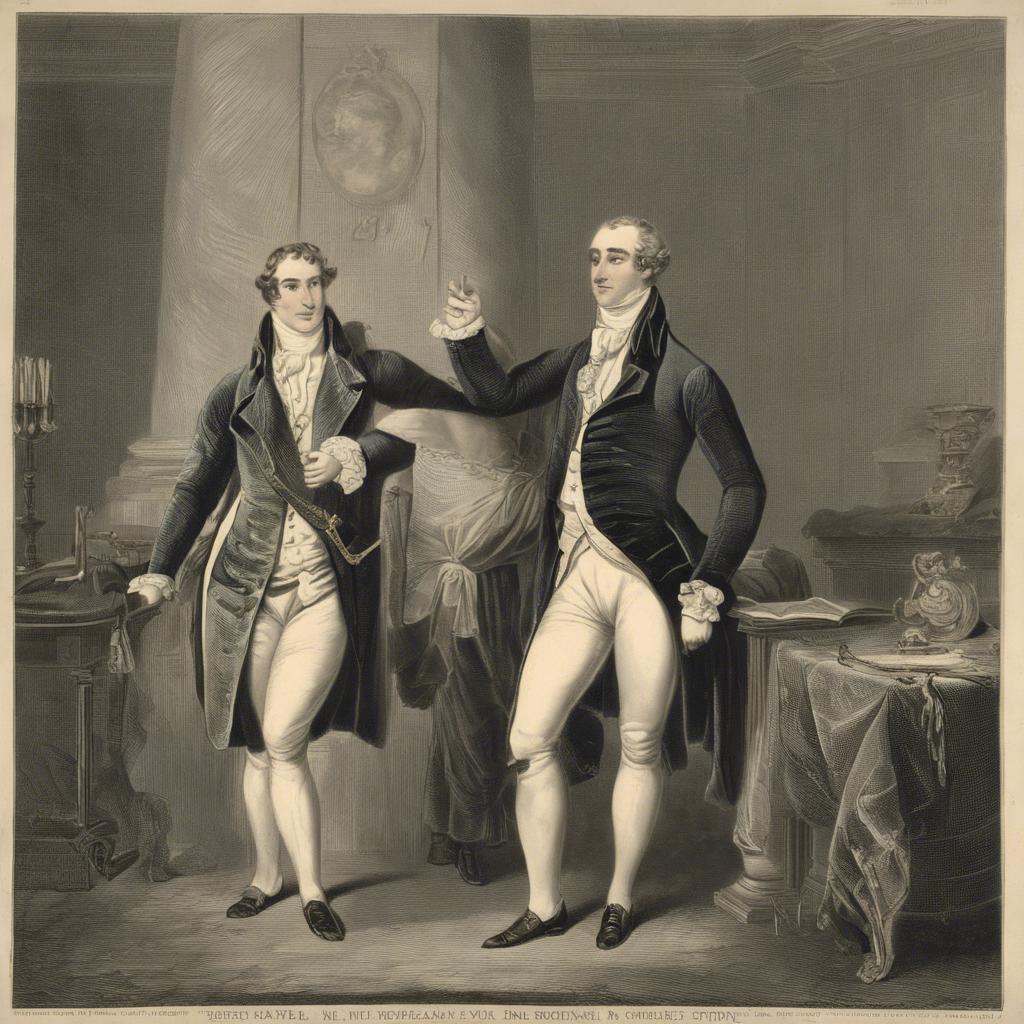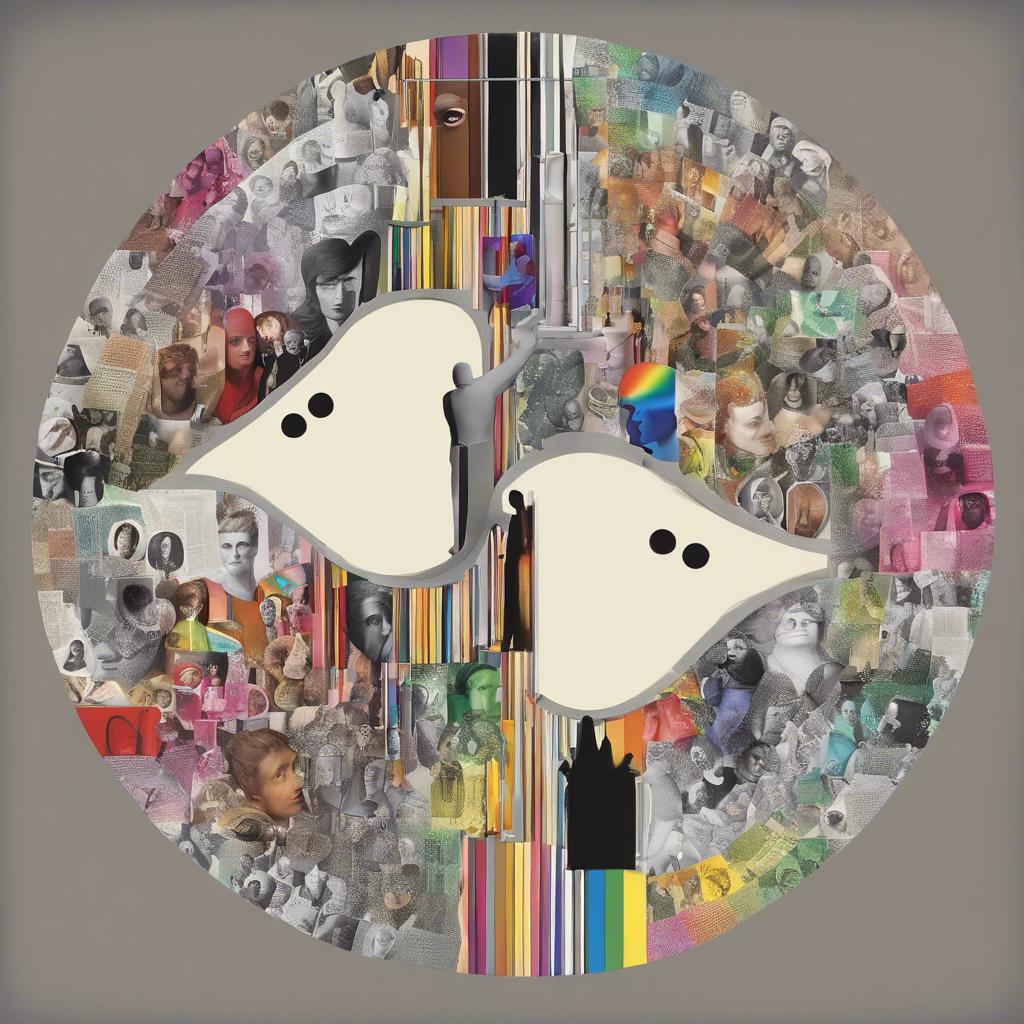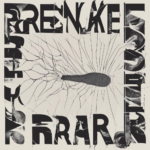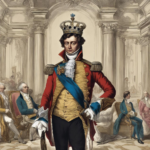During the Regency Era in 19th century England, strict societal norms and laws heavily stigmatized and criminalized non-heteronormative sexualities. Despite this oppressive environment, individuals defied convention and engaged in same-sex relationships, forming underground communities and facing severe repercussions. Exploring the complexities of Regency Era homosexuality not only sheds light on hidden facets of history, but also challenges our understanding of sexuality and power dynamics during this tumultuous period.
Step Into the World of Cheryl Bolen
Dive into the enchanting stories of love, intrigue, and elegance set in the Regency Era. Cheryl Bolen's novels offer timeless romance and captivating tales that will leave you wanting more.
Explore Cheryl Bolen's Books Now
Exploring Hidden Histories: Homosexuality in the Regency Era
In the Regency Era, homosexuality was a topic largely hidden from public view, but nonetheless, it existed within the social fabric of the time. While same-sex relationships were not openly accepted, there were instances of individuals engaging in romantic and intimate relationships with those of the same gender.
Despite the societal constraints and legal ramifications, some notable figures in the Regency Era were rumored to be involved in same-sex relationships. These hidden histories shed light on the complexities of human relationships and the diversity of experiences during this period.
Exploring the hidden histories of homosexuality in the Regency Era allows us to understand a more nuanced perspective of the past. By uncovering these stories, we can appreciate the struggles and triumphs of individuals who were marginalized due to their sexual orientation, and acknowledge the rich tapestry of human experience that transcends time.
Unveiling the Taboos: Social Attitudes Towards Homosexuality
During the Regency era, social attitudes towards homosexuality were largely influenced by the prevailing moral and cultural norms of the time. Homosexuality was considered taboo and often seen as morally deviant behavior by the upper classes. The strict adherence to traditional gender roles and societal expectations made it difficult for individuals to openly express their true sexual orientation.
Despite the oppressive social attitudes towards homosexuality, there were instances of same-sex relationships and encounters during the Regency era. These relationships were often kept secret and conducted discreetly, as society at the time was unforgiving towards any deviation from the norm. Many individuals who engaged in homosexual relationships faced the risk of social ostracization and legal consequences.
While homosexuality was not openly accepted in Regency society, there were pockets of tolerance and understanding among certain circles. Some intellectuals and artists of the time expressed more liberal views on sexuality and gender, challenging the rigid social norms of the era. However, these progressive attitudes were the exception rather than the rule, and most individuals who identified as homosexual had to navigate their feelings in secrecy and isolation.
LGBTQ+ Representation in Regency Literature and Art
In Regency literature and art, LGBTQ+ representation was often coded and subtle due to societal attitudes towards homosexuality during that time. While explicit depictions of queer characters were rare, there are hints of LGBTQ+ themes in some works from the era.
Authors and artists of the Regency period often used subtext, symbolism, and ambiguous relationships to explore themes of same-sex desire. These veiled representations allowed LGBTQ+ individuals to see themselves reflected in the literature and art of the time, despite the constraints of societal norms.
Even though overt LGBTQ+ representation was uncommon in Regency literature and art, there were instances where queer identities were more openly explored. For example, the relationship between Anne Lister and Ann Walker, two real-life women who defied gender norms and lived openly as a couple in Regency-era England, has recently gained attention for its significance in LGBTQ+ history.
Understanding Gender Identities in Regency Society
In Regency society, the topic of homosexuality was considered taboo and largely ignored or hidden from public view. However, there were certainly instances of same-sex relationships and individuals who identified as homosexual during this time period. It is important to understand the context in which these relationships existed, as societal norms and expectations greatly influenced how they were perceived.
Homosexuality in the Regency era was often not openly discussed or acknowledged, as it was seen as immoral and deviant behavior. Same-sex relationships were typically kept secret and hidden from public view, due to the fear of social ostracism and legal consequences. Despite the stigma surrounding homosexuality, there were individuals who openly identified as homosexual and found ways to navigate their relationships within the confines of Regency society.
While many aspects of gender identities and sexual orientations were not openly accepted during the Regency era, it is important to recognize that there were still individuals who defied societal norms and embraced their true selves. Understanding the complexities of gender identities in this historical context can shed light on the diversity of human experience throughout history. Embracing the nuances of gender identities in Regency society can help us appreciate the richness and complexity of human relationships, both past and present.
Closing Remarks
the study of homosexuality during the Regency era provides a fascinating glimpse into the complex social norms and attitudes of the time. While it was a period characterized by strict codes of conduct and rigid gender roles, evidence suggests that same-sex relationships and desires were present, albeit often hidden or concealed. Understanding the nuances of homosexuality in this historical context can offer valuable insights into the experiences of individuals who lived during this period, and shed light on the ways in which sexuality has been understood and expressed throughout history. Further research and exploration of this topic is essential in order to deepen our understanding of the past, and to challenge our assumptions about the diversity and complexity of human sexuality across time and culture.


